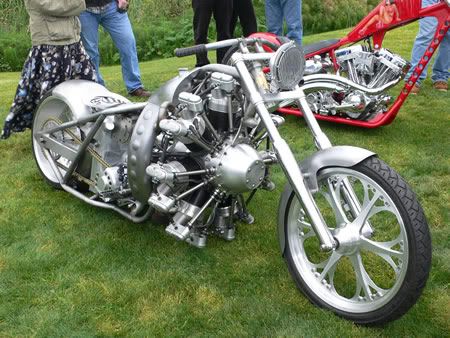Another engineer and I were discussing a design for a manifold and how many parallel channels we should use in this manifold. The other engineer said an old timer once told him to use odd numbers whenever possible when designing things. He said that is why most wheels have an odd number of spokes. The old timer didn't explain why odd numbers are better. I've seen many designs using even numbers and they seem to work fine.
Has anyone else heard this? Does anyone have an idea why odd numbers of things might be better than even?
Phil
Has anyone else heard this? Does anyone have an idea why odd numbers of things might be better than even?
Phil

